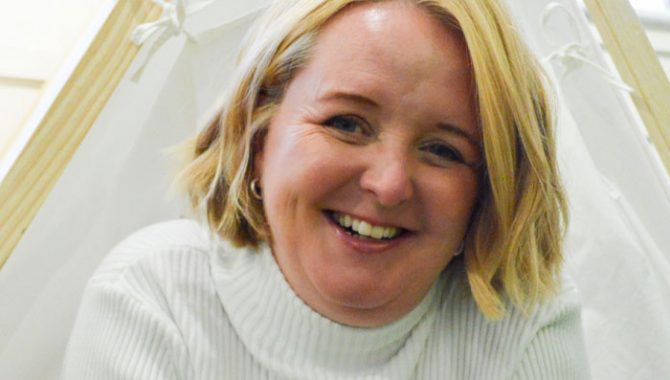—-
To stay in the loop with the latest features, news and interviews from the creative community around licensing, sign up to our weekly newsletter here

Good Play Guide’s Dr Amanda Gummer looks at the relationship between licensing and the educational sector, exploring how brands can enter this space in authentic, creative ways.
Within educational and childcare settings, licensed products have often been rejected in favour of generic products. When challenged on this, responses from teachers and early years practitioners includes:
“They are not as well made”
“They stifle imagination”
“They cause arguments between children if the licence is too popular”
“They have limited educational value”
“They are too expensive”
This seems such a waste. Children learn better when they are having fun – they are more relaxed and open to absorbing new information, so embedding favourite brands in that learning experience should be a win-win for the both the brands and the children.
Brands such as LEGO and the BBC are examples of licences that have been accepted and embraced by the education sector, but wouldn’t it be great if more brands had that ambition.
There are some simple things brands can do to determine whether their IP is suitable for the education market, and then to market their products accordingly.
First, you need to understand your brand and the developmental opportunities within the characters and narrative. These benefits don’t need to be traditionally academic – brands that promote social skills and emotional well-being are just as valued by schools as those that have an obvious math, science or literacy focus.
Once you’ve understood the developmental opportunities that your brand can advance, you need to choose your licensees carefully. Many master toy licensees focus on their traditional retail model and may not be best placed to help you cut through into the educational sector.
So, do you go for several licensees who make products of different qualities and price points to address the different sectors, or do you find a single licensee that is able to provide consistency of product quality and design, but may not be as well placed to get you those prime spots in the majors.
Then it becomes all about the messaging and the value add. Calling out developmental benefits in packaging and adding curriculum-linked activity plans can help position your product more favourably to the educators and child care professionals.
Making sure licensees are conducting research within educational settings as they develop their products is also incredibly valuable – whether it’s toys, books, apps or accessories, you can’t beat authentic user testing to de-risk the development.
I’d love to see children have more access to fun ways to learn and I’d be delighted to talk to any licensors who are interested in targeting the educational sector. You can reach out to us at frances@goodplayguide.com.
Enter your details to receive Brands Untapped updates & news.